Enter a surname, town name or other keyword to search the database. Remember to
allow for the different spellings of 'Mc' and 'Mac.' Good luck!
{Search tips: Use single word search terms for more results}
You must enter some valid character(s) into the search field
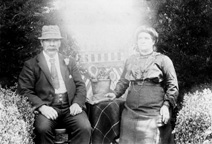
Reference: 877
Copy for Mrs Robertson, Old ...
|
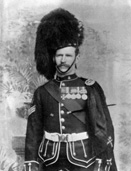
Reference: H-0203
Lt.Col Donald Dickson Farmer (...
|
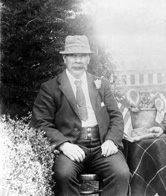
Reference: 838
Copy for Mrs Robertson, Old Ed...
|
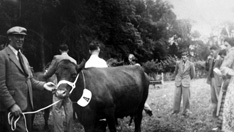
Reference: 645a
Robertson. ...
|
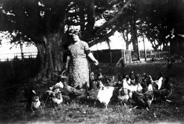
Reference: 590
Adam. Copy from February 1954....
|

Reference: 832a
Man on a tractor. #...
|
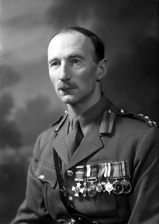
Reference: 43283i
Brigadier Eneas Grant, born 1...
|
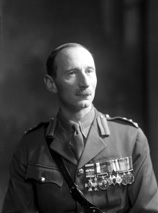
Reference: 43283h
Brigadier Eneas Grant, born 1...
|

Reference: 43283c
Brigadier Eneas Grant, born 19...
|
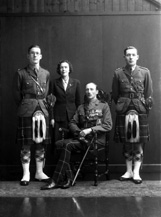
Reference: 43283b
Brigadier Eneas Grant, born 19...
|
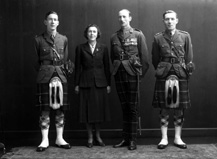
Reference: 43283a
Brigadier Eneas Grant, born 19...
|
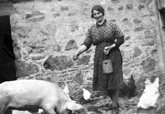
Reference: 34297.5a
Mrs Smith, The Firs, Lewston, ...
|